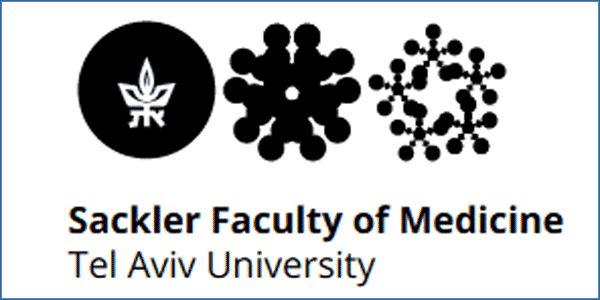top of page

Artwork By Dror Hollander
Research
The broad focus of our research is on the importance of chromatin organization, epigenetic markers, and nuclear 3D organization (Hi-C) in the regulation of alternative splicing in normal development, genetic disorders and cancer.
We study mechanisms of alternative splicing regulation using a combination of computational and experimental (mostly molecular biology) methods.

News & Updates
Contact
bottom of page




















